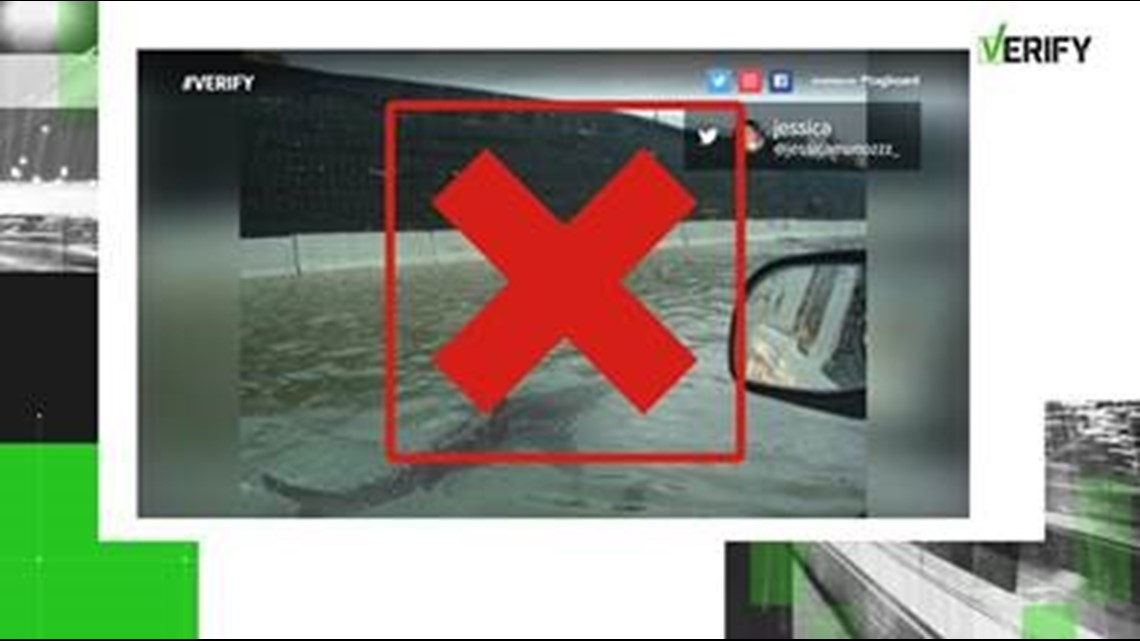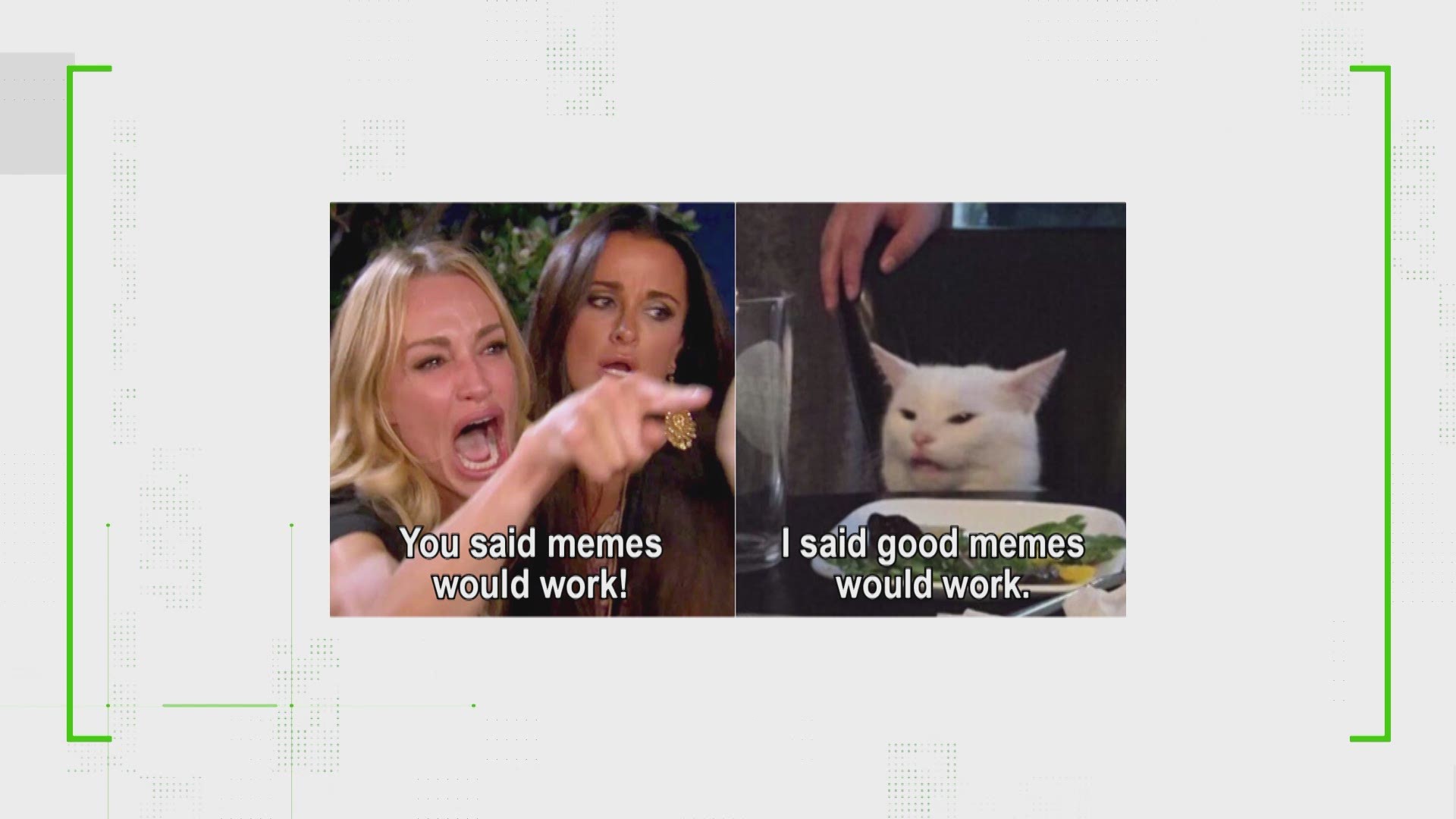WASHINGTON — False and misleading information is lurking everywhere online, from social media feeds, to email inboxes, to deceptive websites posing as news outlets. This type of content can spread harmful lies and division, so it's important to be critical in what you share and believe. Here are some tips for spotting and combatting the spread of this type of false information.
Verify the legitimacy of your go-to sources for news
A main way to be sure you’ve got your facts straight is to vet the source of your news. There are a lot of news outlets that often have conflicting stories and headlines, so how do you know which one to trust?
Here’s how to be sure your news source is legit.
First, check its website. Look for a clearly identified name and straightforward URL. Disinformation sites will often say 'Breaking News' or something similar, but not give a recognizable station or outlet name.
You can check for an “about” section that will tell you about the organization’s mission, reporters and how long it's been in business.
Also keep an eye out for red flags like satire publications, sites affiliated with a cause or product and websites that seem to be mimicking another news organization.
Reliable outlets will also generally be “verified” on social media, but beware: that doesn’t always mean they’re unbiased or accurate.
Check for altered or out-of-context photos with a reverse image search
Ever see a photo online that didn't quite look right? Out of context pictures and photo editing tools can easily spread disinformation.
If something seems off to you, try a reverse image search to find the photo’s origins.
For example, we often see a lot of doctored and out-of-context images shared online during big storms and hurricanes.
Like this photo, which appears to show a shark swimming on a flooded highway. Spoiler alert, it’s fake.


But if you weren’t sure, here’s how you could check for yourself. Right click on the photo and save it to your desktop. Then, open Google Images in your web browser. Drag the photo to the search bar and release your mouse.
Then, check out the results. Look for red flags like earlier posting dates and lots of results. In this case, we also see a lot of articles clearly debunking this photo.
Moral of the story? If it seems fishy, it probably is.
Why memes are the perfect tools for trolls
You see them everywhere these days on social media covering every type of topic.
Photos with text on screen are called memes. Usually, they’re made to share a goofy joke or make a point.
But they’re also the perfect tool for trolls. Memes are designed to elicit a reaction which can sometimes be negative, like anger or defensiveness. This makes them an ideal tool for spreading division and disinformation.
Since the text is in a photo, it’s also harder for social media platforms to filter memes, so hateful or false claims often slip through the cracks online.
Plus, it's very easy for anyone to make a meme with online meme generator websites. Just because a meme claims to be factual, doesn’t mean it is.
Bottom line-- when it comes to memes, maintain a healthy dose of skepticism before clicking share. Try researching the claims online or sending it to us to VERIFY.
What are primary sources and how you can find them?
Here at VERIFY, we use only primary and expert sources to fact-check the claims you send us.
But what does that mean? Let’s break it down so you can find reliable sources and become your own fact-checker.
Primary sources come from people who were actually there, like eyewitnesses or officials in charge.
Expert sources are people like scientists or analysts who have conducted research or extensively studied a particular topic.
Generally, primary and expert sources are the most reliable sources for fact-checking something you see online.
We recommend looking for original documents or websites with URLs that end in “.gov” “.edu” or “.org.” Those usually have the most reliable information, but it’s still important to independently verify each source’s legitimacy.
Double check the credentials of every expert and look out for research conducted on behalf of a company or industry-- those studies are usually biased. Generally, peer-reviewed journals are the best places to find reliable research.
Something you’d like VERIFIED? Click here to submit your story




